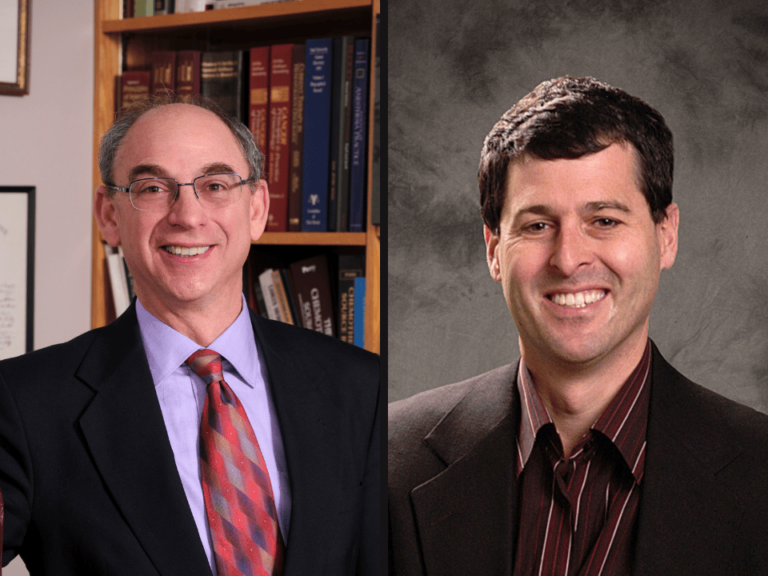In the spring of 2001, I visited a longtime friend and collaborator, Alexandre Barbault, to share with him my vision of using low levels radiofrequency electromagnetic fields for the treatment of cancer.
To access this subscriber-only content please log in or subscribe.
If your institution has a site license, log in with IP-login or register for a sponsored account.*
*Not all site licenses are enrolled in sponsored accounts.
Login Subscribe
If your institution has a site license, log in with IP-login or register for a sponsored account.*
*Not all site licenses are enrolled in sponsored accounts.
Login Subscribe











